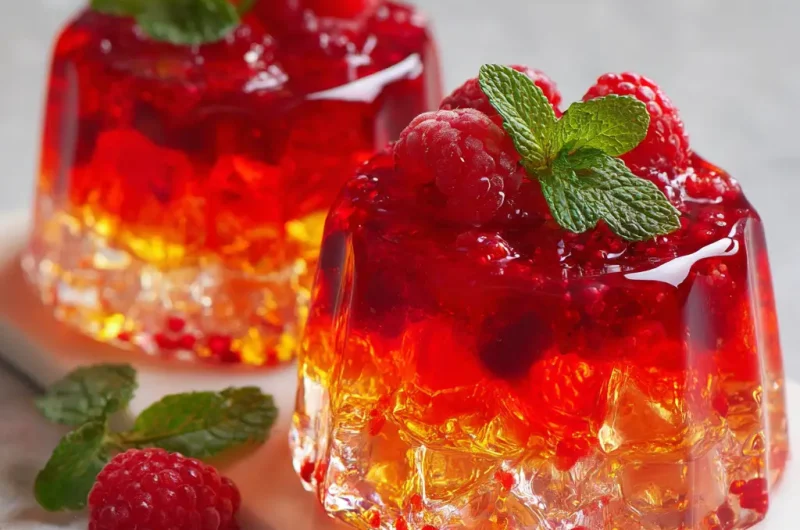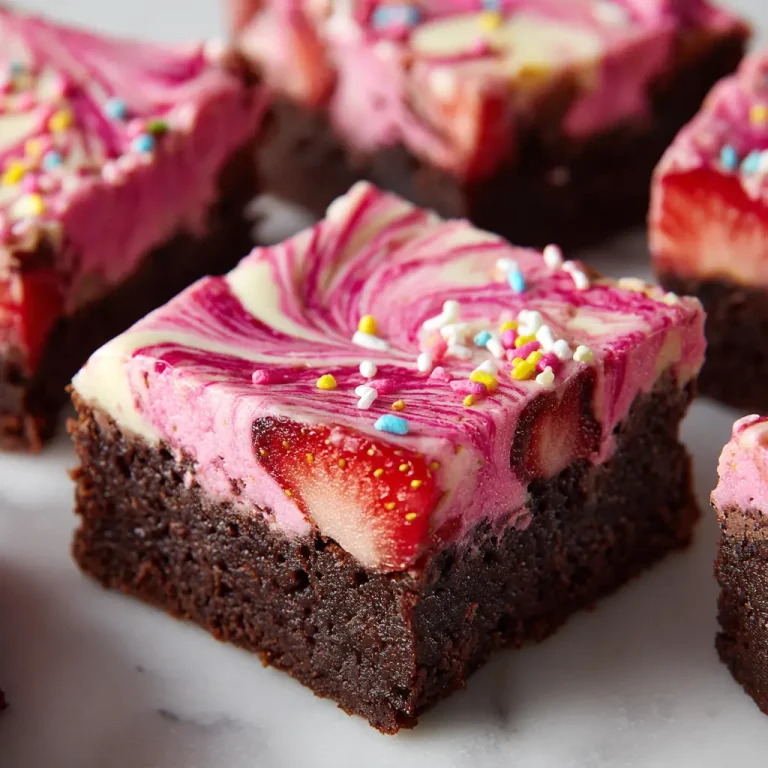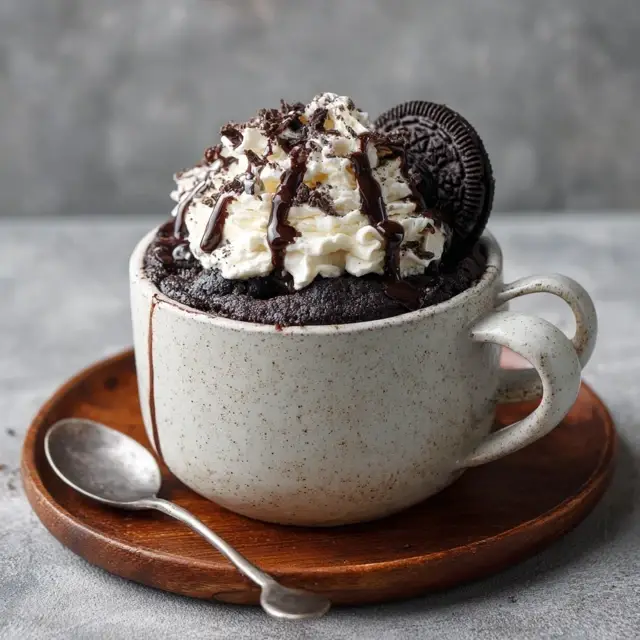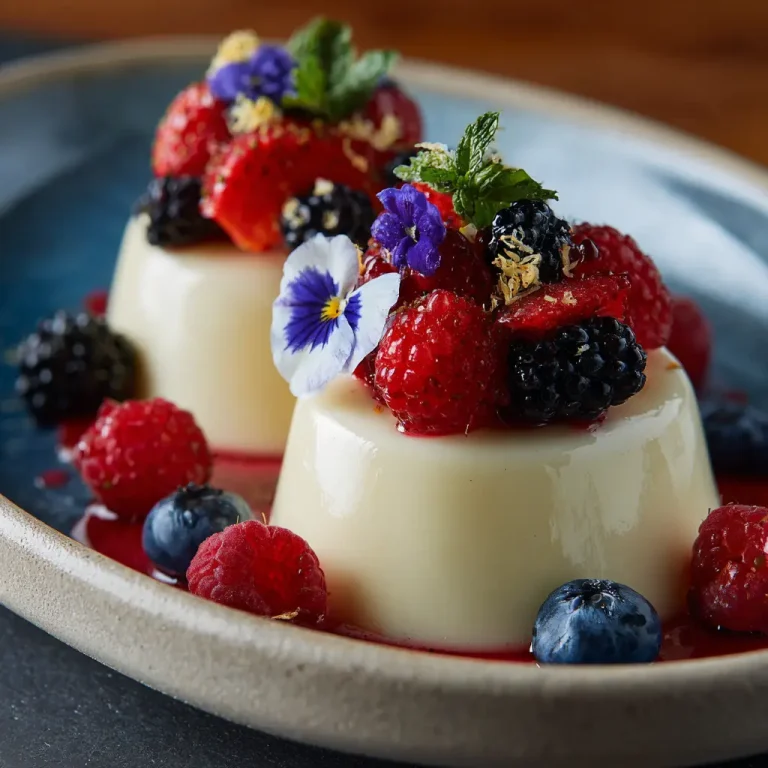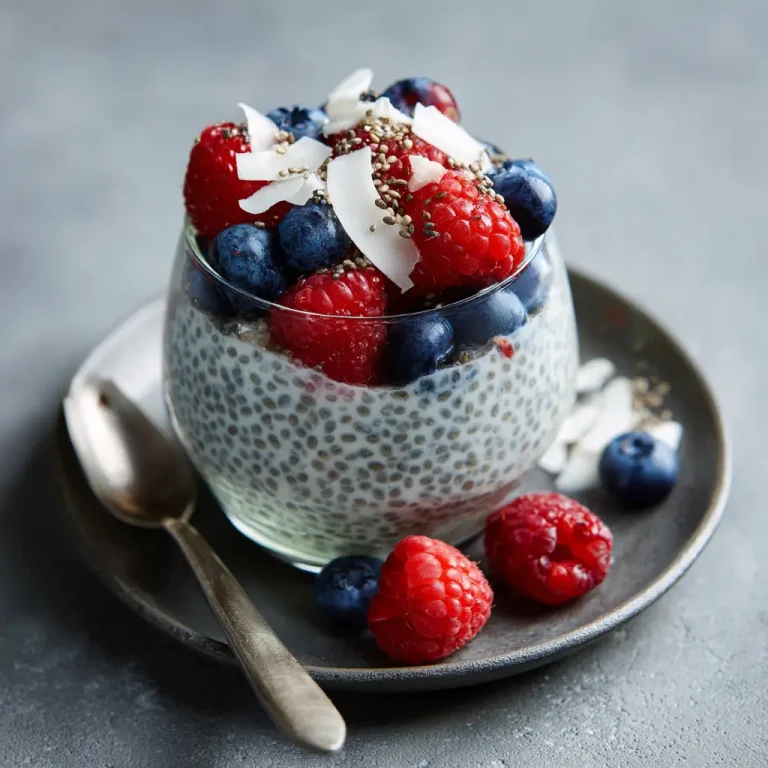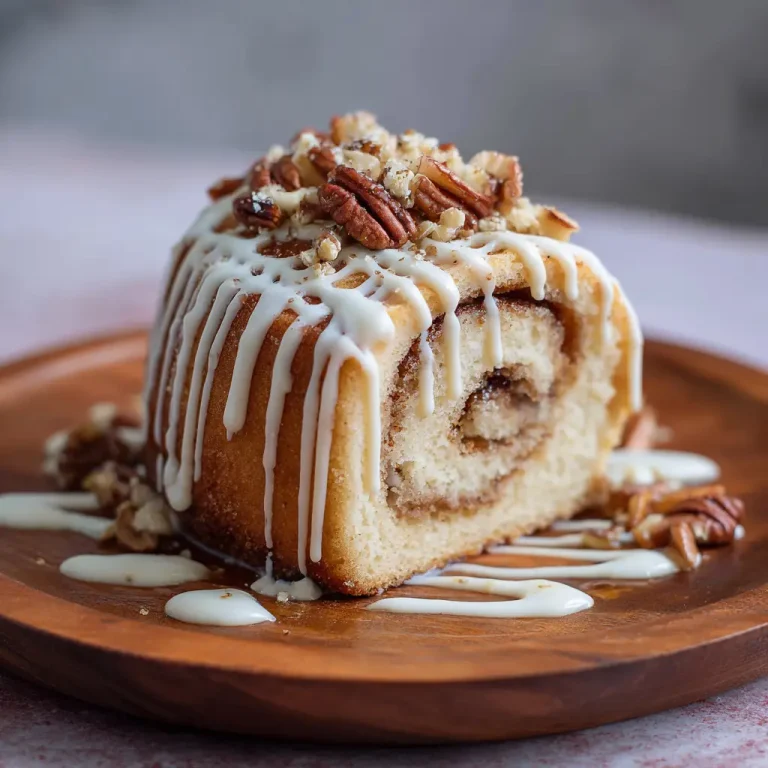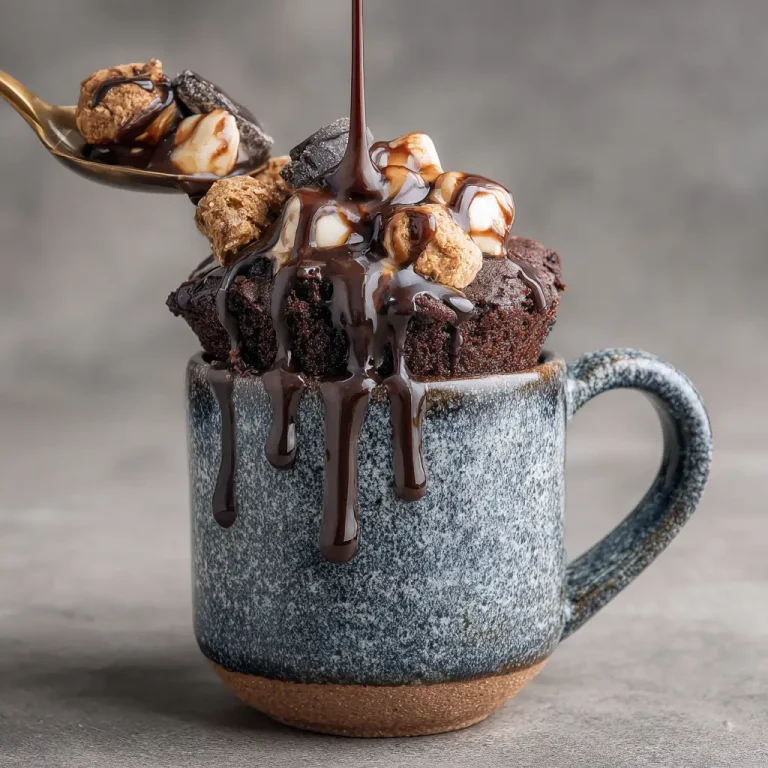Jelly Recipe: Easy Homemade Jelly Recipe for Delicious Fruit Preserves
Introduction
Creating jelly at home can be one of the most rewarding experiences in the kitchen. It is a delightful treat that balances sweetness and fruitiness in a way that is both refreshing and versatile. Unlike store-bought varieties, homemade jelly bursts with natural flavors and offers the freedom to control ingredients, making it healthier and customizable. Whether you want to spread it on toast, dollop it on desserts, or use it as a glaze for savory dishes, homemade jelly elevates simple meals into something special. The process might seem intimidating at first, but with the right approach, anyone can master the art of jelly-making. This recipe guides you through every step with clarity, ensuring a delicious result every time. Preparing jelly also connects us to culinary traditions that span generations, preserving the essence of fruit in a jar that lasts long beyond harvest season. The joy of seeing vibrant, clear jelly set perfectly in a jar is a satisfying reward worth the effort.

Ingredients Needed
| Ingredient | Quantity | Calories (Approx.) |
|---|---|---|
| Fresh fruit juice | 4 cups | 180 |
| Granulated sugar | 4 cups | 1548 |
| Pectin (fruit-based) | 1 packet (1.75 oz) | 10 |
| Lemon juice | 2 tablespoons | 8 |
The calorie count is based on typical values and can vary slightly depending on the fruit juice used. Fresh fruit juice forms the foundation of the jelly’s flavor, while pectin helps the jelly set properly. Sugar not only sweetens but also preserves the jelly, and lemon juice adds a bright acidity that balances sweetness and enhances gelling.
Step-by-Step Cooking Instructions
- Prepare Your Workspace and Equipment
Clean jars and lids should be sterilized by boiling or using a dishwasher’s hot cycle. This prevents spoilage and ensures your jelly stays fresh longer. Set these aside on a clean towel. - Extract Fresh Fruit Juice
If using fresh fruit, wash and prepare it thoroughly. Heat the fruit with a little water until it softens, then strain through a fine sieve or cheesecloth to collect the juice. This juice is the star of your jelly. - Combine Juice and Pectin
Pour the fresh fruit juice into a large, heavy-bottomed pot. Stir in the pectin powder gradually to avoid clumps, then bring the mixture to a full rolling boil over medium-high heat. A rolling boil means the surface is actively bubbling and won’t stop if stirred. - Add Sugar All at Once
Once boiling, add all the sugar immediately. Stir constantly to dissolve the sugar completely. Return to a full rolling boil and maintain for one minute. This step is crucial for the jelly to set correctly.To expand your menu, add Mango Cheesecake_ to your must-try list. - Add Lemon Juice
Stir in lemon juice and mix well. Lemon juice helps activate the pectin and adds a subtle tartness that brightens the jelly’s flavor. - Test the Jelly’s Consistency
Remove the pot from heat. To check if the jelly is ready, place a small spoonful on a cold plate and let it cool for a minute. If it wrinkles when pushed with your finger, it is ready. If not, boil for another minute and test again. - Pour into Sterilized Jars
Carefully ladle the hot jelly into prepared jars, leaving about a quarter-inch space at the top. Wipe rims clean before sealing with sterilized lids. - Process Jars for Preservation
For long-term storage, process jars in a boiling water bath for 5 to 10 minutes. This ensures a vacuum seal and prevents bacteria growth. - Cool and Store
Let jars cool completely at room temperature. Store in a cool, dark place. Properly sealed jelly can last up to one year.

Tips for Customizing the Recipe
Adding different fruits allows endless variations in flavor and color. Blueberries, strawberries, apples, or blackberries each bring their own unique sweetness and tartness. Adjust sugar levels slightly depending on fruit sweetness. Using organic fruit juice enhances purity and taste. Infuse subtle flavors like cinnamon sticks or vanilla beans during cooking for a twist. Some people prefer natural pectin sources like apple peels or citrus peels instead of commercial pectin powder. Be patient with the setting process; jelly often takes a few hours to firm up fully after cooling. Experiment with texture by using less pectin for a softer gel or more for a firmer jelly. Adding herbs like mint or basil during cooking can create sophisticated flavor profiles. Always taste before sealing jars to ensure the balance of sweet and tart suits your palate.

Nutritional Information
Homemade jelly offers a simpler ingredient list compared to store-bought versions, usually free from preservatives and artificial colors. It provides carbohydrates mainly from sugar, which fuels energy quickly. While jelly is not a significant source of fiber or protein, it contains some vitamins and antioxidants from the fruit juice, especially vitamin C and flavonoids. Using fresh juice ensures these nutrients are better preserved than concentrates. Since sugar content is high, jelly should be enjoyed in moderation. However, portion-controlled servings can add a natural touch of sweetness to your diet without processed additives. Using less sugar or sugar substitutes can reduce calorie counts but may affect setting ability. Overall, homemade jelly is a flavorful way to incorporate fruit into meals with a delightful texture and taste.
Serving Suggestions
Jelly shines best when paired thoughtfully. Spread it generously on warm toast, bagels, or freshly baked biscuits for breakfast. Drizzle over pancakes or waffles for a fruity syrup alternative. Use as a topping on vanilla ice cream, yogurt, or cheesecake to add brightness and sweetness. Stir jelly into salad dressings or sauces for a hint of fruity complexity. Incorporate into meat glazes, especially for pork or chicken, to introduce a glossy finish and a touch of sweetness. Combine with peanut butter for a classic sandwich that never goes out of style. Jelly also pairs beautifully with cheeses, from mild cream cheeses to sharp cheddars, making it perfect for appetizer boards. For a fun twist, swirl jelly into homemade cocktails or mocktails for a splash of flavor and color.
Jelly Recipe: Easy Homemade Jelly Recipe for Delicious Fruit Preserves
Course: Blog8
servings20
minutes25
minutes120
kcalIngredients
4 cups fresh fruit juice (any variety: grape, apple, berry, etc.)
4 cups granulated sugar
1 packet fruit pectin (1.75 oz)
2 tablespoons lemon juice (freshly squeezed)
Directions
- Sterilize your jars and lids. Place clean jars in boiling water or a dishwasher’s hot cycle to sterilize. Keep them warm until ready to use.
- Prepare the fruit juice. If using fresh fruit, cook it down with a little water until soft, then strain through cheesecloth or a fine sieve to extract clear juice.
- Combine juice and pectin. In a large saucepan, add the juice and gradually whisk in pectin. Stir over medium-high heat and bring to a full rolling boil.
- Add the sugar. Pour in all the sugar at once and stir until fully dissolved. Bring back to a full rolling boil for exactly 1 minute. Stir continuously.
Recipe Video
Notes
- To make a unique twist on this classic jelly recipe, try mixing different fruit juices like apple and blackberry or adding a cinnamon stick while boiling. Make sure to use fresh lemon juice, as bottled versions may affect the final set. If your jelly doesn’t set right away, give it time—some batches take a few hours or overnight to fully firm up.
Frequently Asked Questions (FAQs)
Can I use frozen fruit to make jelly?
Yes, frozen fruit can be used, but thaw and strain the juice carefully to avoid excess water diluting the jelly.
How long does homemade jelly last?
When properly sealed and stored, homemade jelly can last up to one year. Once opened, refrigerate and consume within one month.
What if my jelly does not set?
If jelly remains liquid, it might need more pectin or a longer boiling time. Reboil with added pectin or reduce liquid content by cooking down juice before starting.
Can I reduce sugar in the recipe?
Reducing sugar can affect setting and preservation. Using low or no-sugar pectin can help, but results may vary.
Is it necessary to use lemon juice?
Lemon juice provides acidity essential for pectin to gel properly. Substitutes like lime juice can work, but avoid neutral juices.
Conclusion
Homemade jelly brings a special charm to the kitchen. It combines simple ingredients with a straightforward method to create a versatile condiment that brightens meals throughout the day. The hands-on process connects us with traditions of preserving nature’s bounty and offers a personal touch to every jar. Experimenting with different fruits and flavors keeps jelly-making exciting and rewarding.

